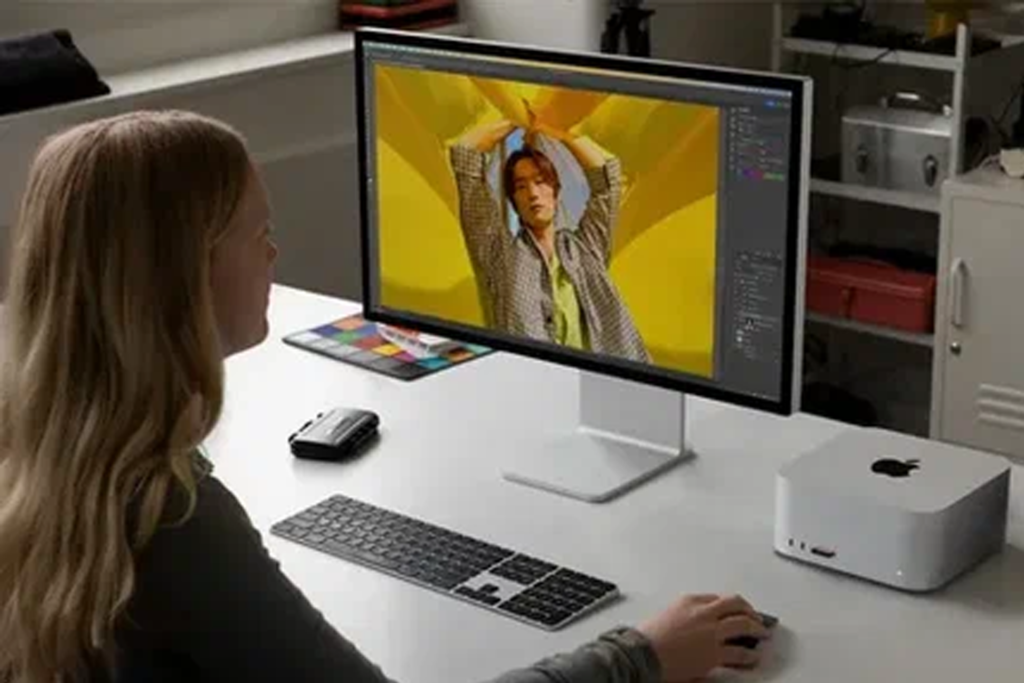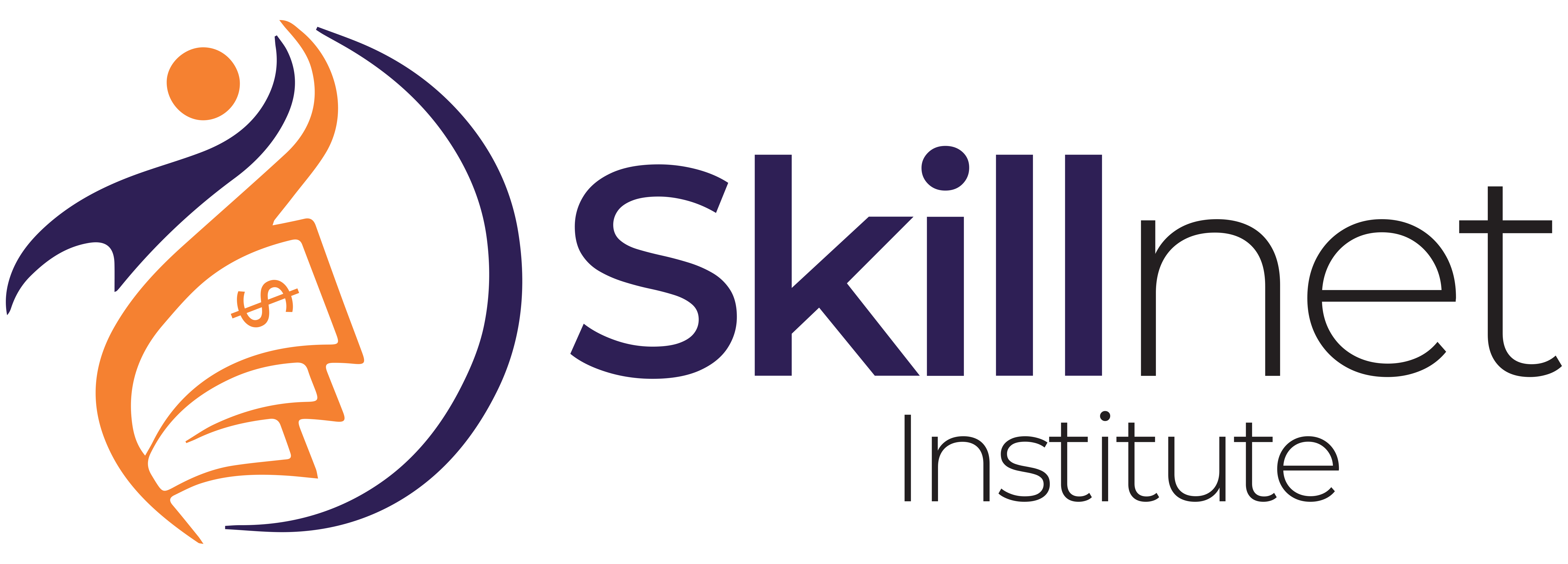Transform Ideas into Motion Graphics
Animate Your Designs with Dynamic Visual Storytelling
Polish Your Motion Graphics Skills with Expert Training
- 4 Weeks
- All levels
- 3 Lesson
- 0 quizzes
- 26 students
15,000 PKR

Master the fundamentals of motion graphics at Skillnet. Learn how to design captivating animations, integrate visual effects, and bring your stories to life with motion and sound. Gain the expertise to create high-quality, engaging videos for various platforms.
Master Tools and Advanced Animation Techniques
Imagine creating motion graphics that captivate audiences and elevate brand storytelling! Our course will teach you how to design, animate, and deliver high-quality motion graphics that leave a lasting impact. Ready to start building your motion graphics future?
-
Basics of Motion Graphics (15 hours)
-
- Principles of Animation
- Learn the 12 basic principles of animation (timing, spacing, squash and stretch, etc.).
- Understand how to apply these principles to create fluid and believable motion.
- Introduction to Motion Graphics Software
- Overview of industry-standard tools like Adobe After Effects and Blender.
- Set up your workspace, basic controls, and preferences in After Effects and Blender.
- Working with Layers and Compositions
- Understand the concept of layers in motion graphics.
- Create compositions and manage their hierarchy.
- Animating Shapes and Objects
- Learn how to animate simple shapes and objects.
- Understand motion paths and keyframes for animation.
- Importing Assets
- Learn how to import and manage various media assets (images, audio, and video) in After Effects.
- Organize and prepare assets for animation.
- Basic Keyframe Animation
- Introduction to keyframes and how they control animation timing.
- Practice animating properties like position, scale, and rotation using keyframes.
- Introduction to Easing and Speed Graphs
- Learn how easing impacts animation timing and smoothness.
- Explore speed graphs to fine-tune the motion of objects.
- Working with Precompositions
- Understand the importance of precompositions for organizing complex animations.
- Learn how to nest compositions for streamlined workflows.
- Adding Basic Effects
- Apply basic built-in effects in After Effects (e.g., blur, glow, etc.) to enhance animations.
- Adjust parameters for creative effect manipulation.
- Basic Text Animation
- Learn to animate text layers for dynamic, typographic animation.
- Explore simple text transitions like fade-ins, slide-ins, and scaling text.
- Principles of Animation
-
Intermediate Techniques (15 hours)
-
- Motion Tracking and Keyframes
- Understand the importance of motion tracking for integrating animations into live footage.
- Learn how to use tracking data to animate objects and text.
- Understanding and Using Masks
- Learn how to create and animate masks for controlling visibility and shapes.
- Apply masks to specific areas for creative effects.
- Layer Parenting and Null Objects
- Use parenting to link multiple layers and objects for coordinated movement.
- Learn to use null objects for easier control of layered animations.
- Advanced Text Animation
- Dive deeper into text animation techniques using the animator tool.
- Animate individual characters, words, or lines with more complexity.
- Using the Graph Editor for Fine-Tuning
- Master the Graph Editor for controlling the flow of animations.
- Fine-tune motion paths, easing, and keyframe velocity.
- 3D Layer Basics
- Learn how to create and animate 3D layers in After Effects.
- Understand camera angles, 3D space, and depth for realistic animations.
- Animating Masks and Shape Layers
- Create dynamic mask animations using keyframes and bezier paths.
- Explore shape layers for more flexible graphic animation.
- Applying and Creating Effects Presets
- Learn to create and apply custom effects presets.
- Use pre-made effects and presets to speed up workflows.
- Camera and Light Animation
- Work with 3D cameras to create more complex animations in 3D space.
- Use lights to enhance depth and add realistic lighting to animations.
- Motion Tracking and Keyframes
-
Advanced Motion Graphics (15 hours)
-
- Introduction to 3D Animation
- Understand the basics of 3D space in After Effects.
- Learn how to animate 3D objects in a 3D environment.
- Advanced 3D Animation Techniques
- Apply advanced 3D techniques such as extrusion, depth of field, and camera control.
- Work with lights, shadows, and reflections in 3D space.
- Working with 3D Layers in After Effects
- Learn to transform 2D layers into 3D space for more complex animation effects.
- Combine 3D layers with camera movements and lighting effects.
- Using Plugins and Presets for Efficiency
- Explore third-party plugins like Red Giant Universe, Video Copilot, and more.
- Learn how to integrate and optimize presets into your workflow.
- Building Advanced Transitions
- Create custom transitions to add fluidity and polish to your animations.
- Implement advanced techniques like glitch effects, wipes, and smooth cuts.
- Advanced Keyframe Animation Techniques
- Learn to animate with precision using advanced keyframe manipulation.
- Work with bezier curves and optimize animations for smooth motion.
- Integrating 3D Models into Motion Graphics
- Import and animate 3D models within After Effects.
- Use external software like Cinema 4D to create and animate 3D models.
- Exporting for Different Platforms
- Learn the best settings for exporting high-quality motion graphics for platforms like YouTube, Instagram, and TV.
- Understand resolution, format, and compression for optimized outputs.
- Color Grading and Enhancements
- Enhance your motion graphics by learning basic color correction and grading techniques.
- Use adjustment layers, curves, and color wheels for a professional finish.
- Introduction to 3D Animation
-
Final Project (15 hours)
-
- Defining Project Scope and Requirements
- Plan your final project by defining key requirements and desired outcomes.
- Outline creative direction, timeline, and resources needed.
- Designing the Storyboard
- Learn how to create and use storyboards to visualize the flow of your animation.
- Map out scenes, transitions, and key moments for effective execution.
- Creating Assets for the Final Project
- Collect or create all necessary assets, including logos, graphics, backgrounds, and sound.
- Prepare assets for integration into your motion graphics project.
- Animating the Final Project
- Begin animating key elements of your final project, focusing on smooth transitions and timing.
- Incorporate all learned techniques: 3D layers, text effects, motion tracking, and more.
- Adding Sound Design
- Incorporate sound effects, voiceovers, or background music into your project.
- Ensure that the audio aligns with the visual elements for a cohesive final piece.
- Refining Animations and Transitions
- Refine and polish animations by adjusting timing, easing, and effects.
- Fine-tune transitions between scenes to ensure fluidity.
- Testing and Reviewing the Animation
- Conduct multiple test runs of the animation to check for errors and inconsistencies.
- Gather feedback from peers or instructors to improve the final product.
- Exporting and Finalizing the Project
- Export your final project in the necessary formats for client or platform delivery.
- Optimize the file size and resolution for the intended use.
- Final Review and Critique
- Receive feedback from instructors and peers regarding the strengths and areas of improvement in your project.
- Make necessary revisions and enhancements based on feedback.
- Defining Project Scope and Requirements
Learning Outcomes
- Master Motion Graphics Tools and Techniques: Gain expertise in industry-standard software like Adobe After Effects and Blender to create dynamic animations, applying principles such as easing, keyframing, and motion paths.
- Create Professional Animations: Learn how to design smooth, impactful animations with a focus on visual storytelling, adding depth and personality to your motion graphics.
- Understand Advanced Motion Graphics Concepts: Develop the ability to use advanced techniques such as motion tracking, masking, and 3D animation to enhance the complexity of your work.
- Optimize for Multiple Platforms: Learn to export and optimize motion graphics for different formats, ensuring high-quality visuals across digital and print platforms.
- Apply Motion Graphics in Marketing and Branding: Understand how to integrate motion graphics into branding campaigns and promotional content, making your designs compelling and effective for storytelling.
